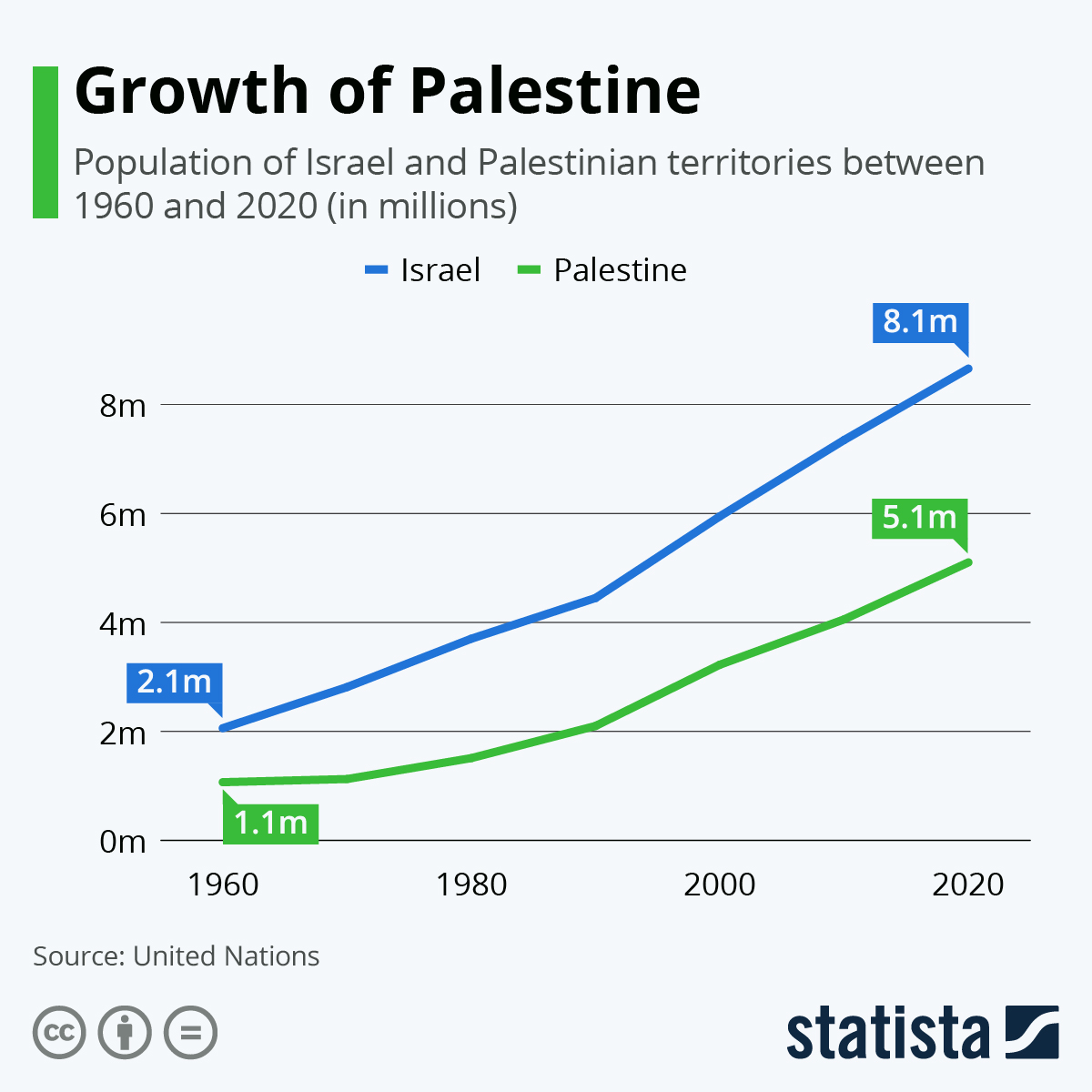President Donald Trump unveiled his Middle East peace plan to Israel Prime Minister Benjamin Netanyahu on Tuesday, which details a path for a two-state solution between Israel and Palestine without support from Palestinian leaders.
Specifics of the plan include the creation of a Palestinian state with a capital in eastern Jerusalem, along with the U.S. recognizing Israeli settlements in the West Bank in exchange for a four-year freeze on new settlements during future negotiations.
With Palestinian leaders already denouncing the Trump administration and refusing to negotiate, the plan is unlikely to spark renewed talks between Israel and Palestine. Talks broke down in 2014 after Israel suspended negotiations following a unity deal between the Fatah and Hamas political parties.
The State of Palestine has officially existed since 1988 and is recognized by 138 United Nations members. The United States and Israel do not recognize Palestinian statehood, and some believe Trump’s latest plan would allow for further annexation of current Palestine territory.
Regardless, many agree that the need for peace continues to grow in urgency, as Palestine’s population is growing at a larger rate than Israel. Jewish and Arab populations are on a collision course of parity in the coming decades, with Arab Israeli’s also growing faster than Jewish Israeli’s and gaining more voting power.





















